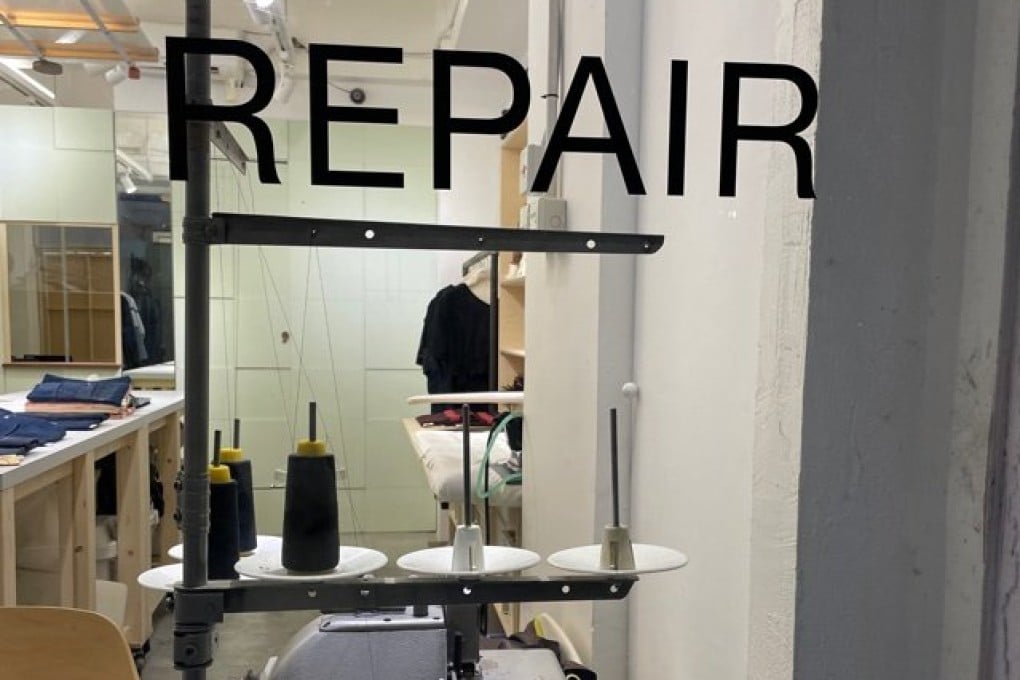How to keep used and unwanted clothes out of landfill: tips to help you repair, recycle, repurpose, donate or resell them
- Discarded clothing and textile waste have a huge environmental cost, ending up in landfills, adding to carbon emissions and microplastic pollution
- Many people in Hong Kong and elsewhere are avid consumers of fast fashion. By following these tips, you can avoid making those problems worse

Cleaning out the home is a good way to start the new year. And decluttering usually requires sorting through your closet to make space and clear out old attire.
It may be tempting to throw away unused items to make room for the latest trends in fast fashion. But the old clothes we toss and the new ones that replace them have an environmental cost.
According to a report from local non-profit Redress, Hong Kong produces more than 392 tonnes of textile waste a day, with clothing making up about half of that. A study from the Ellen MacArthur Foundation, founded to promote a circular economy, estimates the textile industry globally emits about 1.2 billion tonnes of carbon dioxide annually, and is on track to dispose of at least 22 million tonnes of microplastics into the ocean between 2015 and 2050.
Meanwhile, less than one per cent of textiles in Hong Kong is recycled, even though about 95 per cent of used clothing could be reused in some way.

The Redress report also found that two out of five Hong Kong residents keep their clothes for less than a year and almost a third of the clothes they own rarely or never get worn.